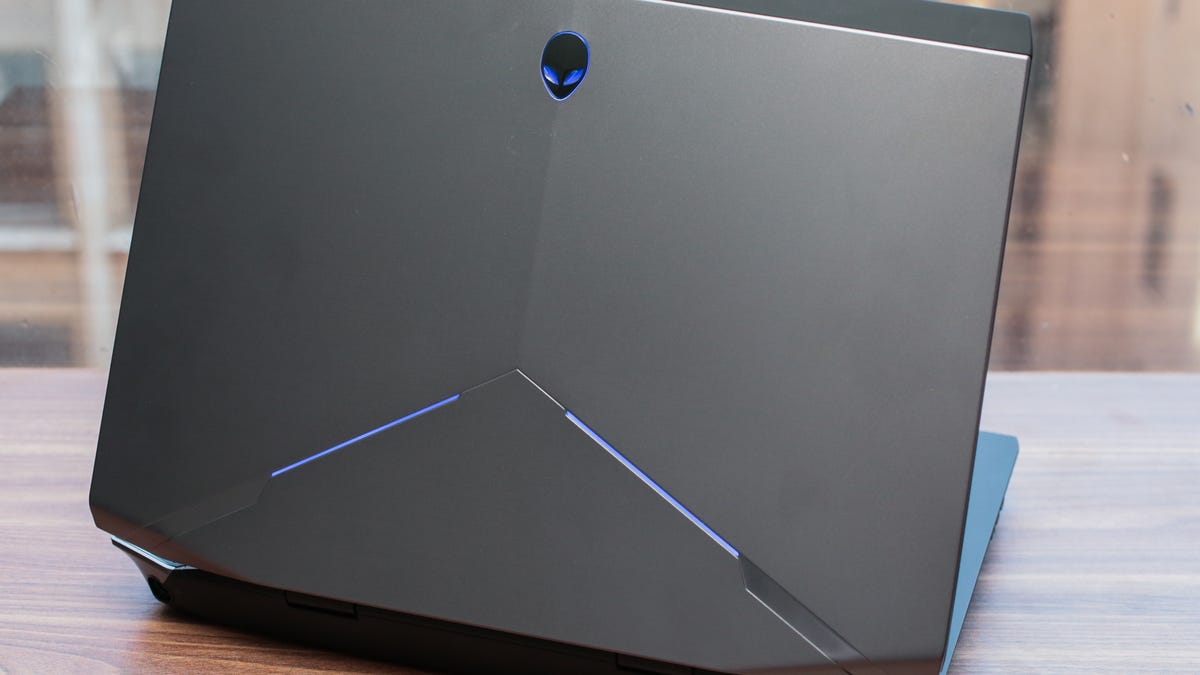Portable gaming laptop deathmatch
New 13- and 14-inch PC gaming laptops are finally ready for prime time.

A funny thing happened while I was lugging our most recent 17-inch PC gaming monster laptop off my desk. My replacement options were no longer limited to big, bulky 17- and 18-inch desktop replacement laptops. Instead, a new breed of 13- and 14-inch laptops with serious gaming cred is making waves, proving that you don't need a massive footprint to fit in the latest CPU and GPU parts.
Each of these semi-portable gaming laptop was reviewed in a configuration that included a quad-core CPU from Intel's fourth-generation Core i7 line, and a graphics card from Nvidia's current 700 series. As configured, these ran from $1,799 to around $2,100, and you can add or subtract hundreds by swapping out SSD hard drives and other component options.
Of the models reviewed here, the Alienware 14is my favorite for everyday use, largely because parent company Dell can afford to create a custom laptop body with a made-for-gaming keyboard. But it's also thick, heavy, and festooned with overly fiddly blinking lights.
The Origin EON13-S proves you can fit similar high-end parts into a 13-inch shell, and still turn in some of our highest benchmark scores. The Maingear Pulse 14has a cool automotive paint job and keeps the same very good core CPU/GPU even at its $1,200 entry-level config, but the lower-resolution screen is a letdown. Both of these laptops are built into bland generic off-the-shelf laptop bodies that offer nothing special for gamers.
The Razer Blade 14, part of that company's ambitious push into the premium PC market, is easily the most forward-thinking of the examples here. Overall, it does a great job at marrying ultrabook-like design with gaming muscle, which makes it even more tragic that it also suffers from an unworthy 1,600x900-pixel display -- one defining feature that drops it from best-in-class to serious compromise.
Alienware 14
The Alienware 14 is a great, not-quite-portable system that has one foot stuck in the past, but also a great custom-made keyboard and excellent high-res matte screen. If you can live with the size and weight (and the light show), it's one of the best ways to get gamer-level performance without sacrificing your entire desk.
Origin EON13-S
The EON13-S is small enough to slip into a decent-size shoulder bag, but an ultrabook this is not. Despite lackluster looks, it passed my most important test in that it was fun to use on the go. But a 13-inch screen may be too small for full-time gaming, depending on your eyesight or tolerance for squinting.
Maingear Pulse 14
The Pulse 14has a few things going for it. It's pleasingly slim and offers a very nicely done series of custom-painted lids with automotive paint, and you get excellent components even in the less-expensive base config. But it suffers from a near-fatal flaw: a substandard 1,600x900-pixel display despite the premium price.
Razer Blade 14
The Razer Blade 14 is awfully thin and sexy-looking, and skips the impractical gimmicks of previous Razer systems, instead focusing on packing high-end parts into a slim, modern-looking package. But, the screen resolution is only 1,600x900 pixels, not 1080p, and the image quality deteriorates when the lid is tilted at even modest angles.

